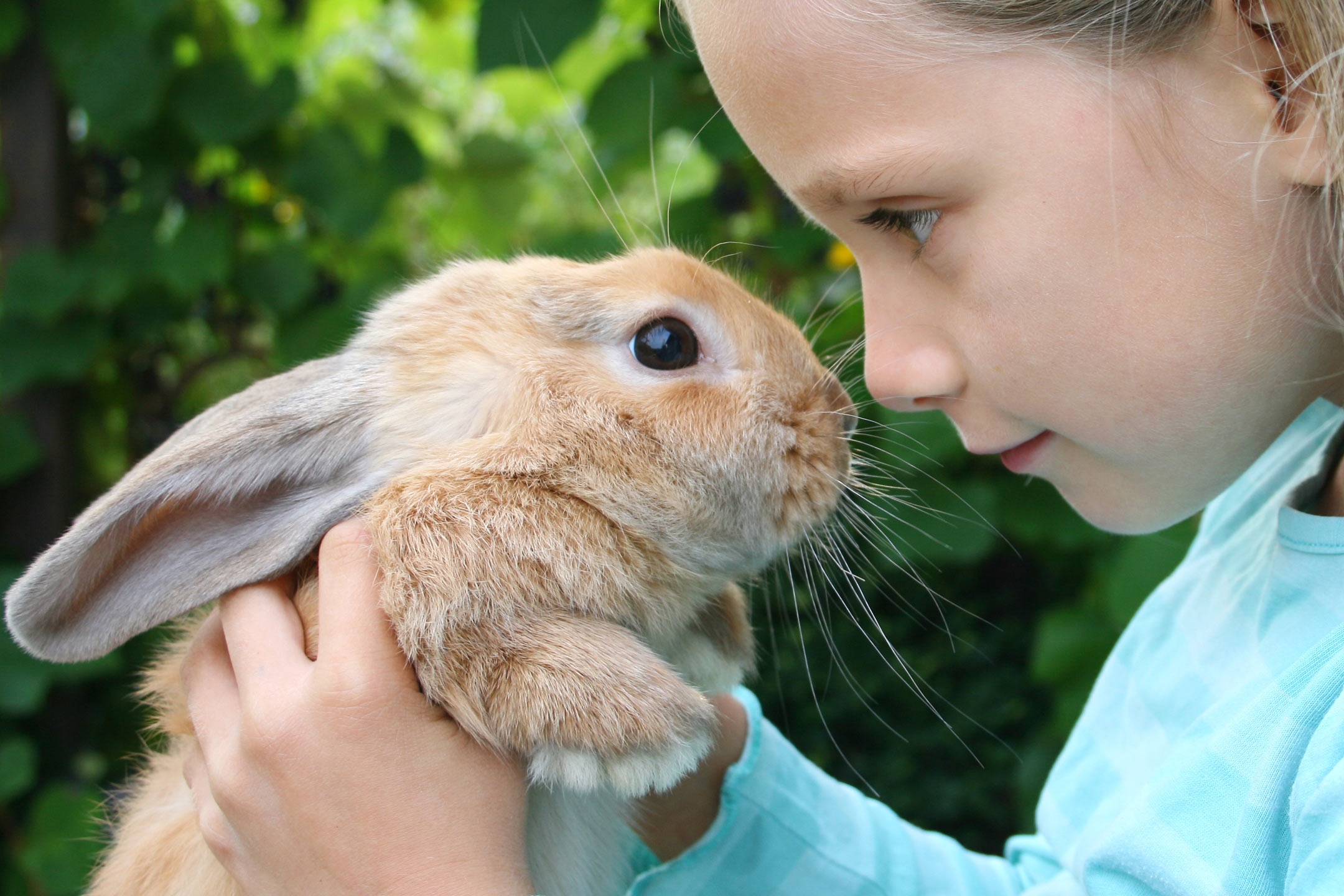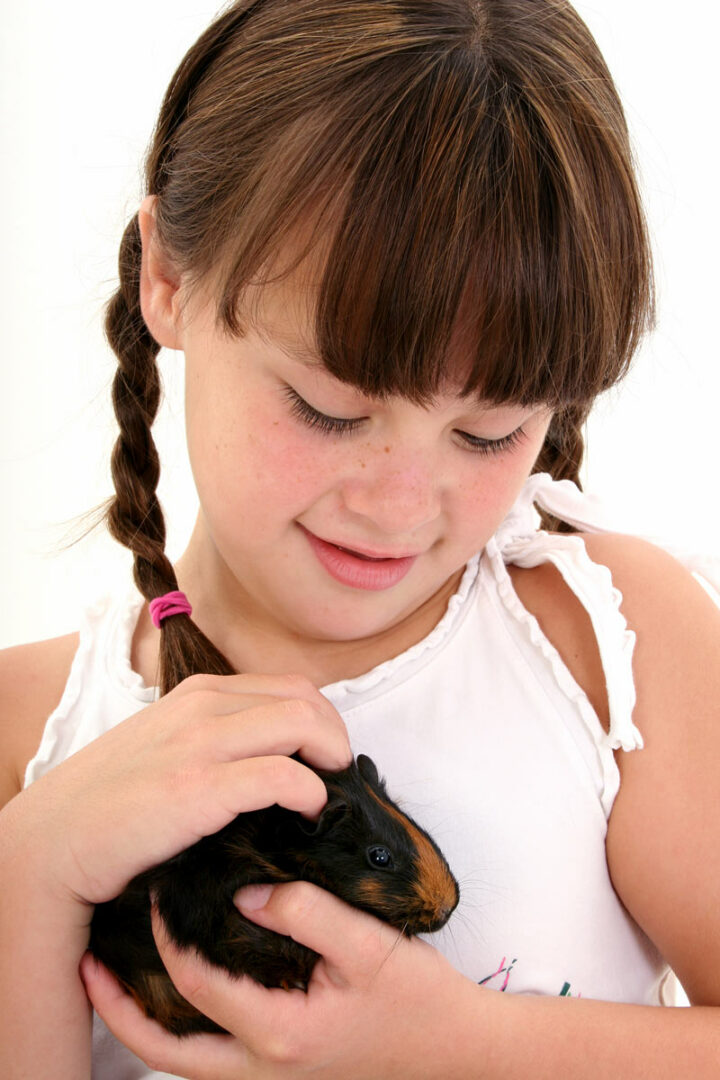
21 Sep What pets are best for kids?
Baby’s first pet: what pets are best for kids?

One of the most rewarding bonds your child can make is with an animal. A pet not only provides warmth and companionship but also teaches life lessons such as responsibility around feeding, cleaning, and walking a pet – and making sure they are well trained and follow the rules of the house!
However, having a Great Dane or Newfoundland dog may not be the best pet for a toddler who may just be learning to walk themselves. We’ll look at what pets are best for kids to start off with when it comes to looking after and becoming friends with animals, as well as the costs involved for mum and dad and how to keep those costs down as much as possible.

Starter pets: good pets for toddlers
Pets that are low maintenance and low impact are better for toddlers to help them ease into the idea of caring for and maintaining a pet. They should also be mum and dad friendly, too! One pet is a guinea pig, which is small, cute, and doesn’t need to eat all that much and can use exercise wheels around its enclosure. Other pets that are easy to keep are turtles (though you may need permission from your State authorities), goldfish, lizards such as bearded dragons, or birds such as budgies or parrots.
When to consider cats and dogs
According to the HILDA survey, two-thirds of Australians own at least one pet. 48% of all Australians own a dog, and 37% of us own a cat. There’s no hard-and-fast age when a household should get a dog or a cat, but the children who will be interacting with a puppy or kitten need to understand just how much work may be involved in training, grooming, feeding, “pet-proofing”, and walking your puppy (as well as taking it out for toilet and not forgetting!) This may come later at around 8-12 years old.
How much does pet ownership cost?
Pet ownership can vary from pet to pet, but the two most popular pets can differ somewhat in how much they cost to own. Cats, for example, require fewer vaccinations, with the F3 and FIV vaccinations costing $142.55 if carried out at the same time. Dogs need more care and vaccination, more food, and specialised training, and some dogs, such as pugs, are prone to hereditary conditions. A medium-sized breed of dog may cost a family an average of $100-$300 a month, which can include food, grooming, vet visits, and pet insurance.
Reducing the cost of pets
You can better manage pet expenses by making a few savvy choices. Buying pet food in bulk can save on food costs, especially when you purchase from larger “big box” pet stores. Just make sure your dog or cat likes the food first! Buying second-hand enclosures or toys can also save a lot of money compared with buying new ones. Make sure you compare different pet insurance premiums so you aren’t paying too much and getting little in the way of value.
Learn more at: Savvy.com.au/pet-insurance/best. This can all go a long way towards saving money on pet ownership – especially when times are tough!

